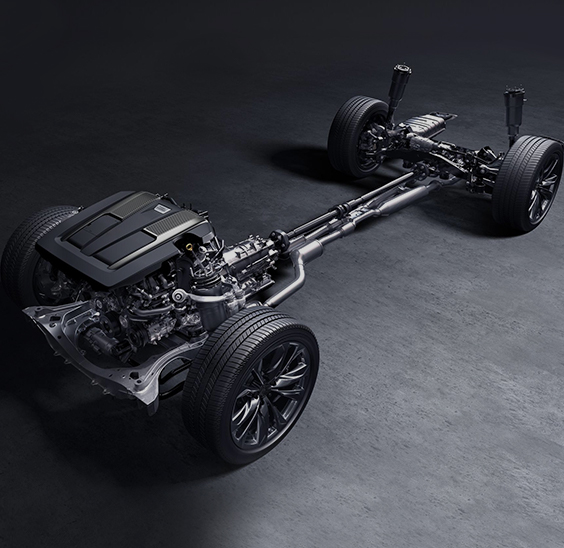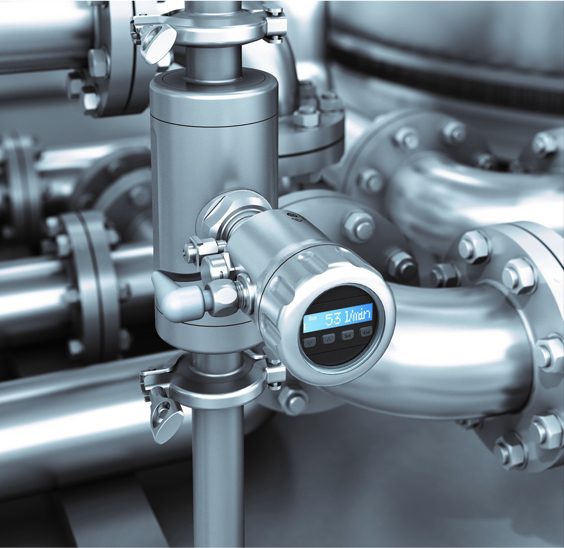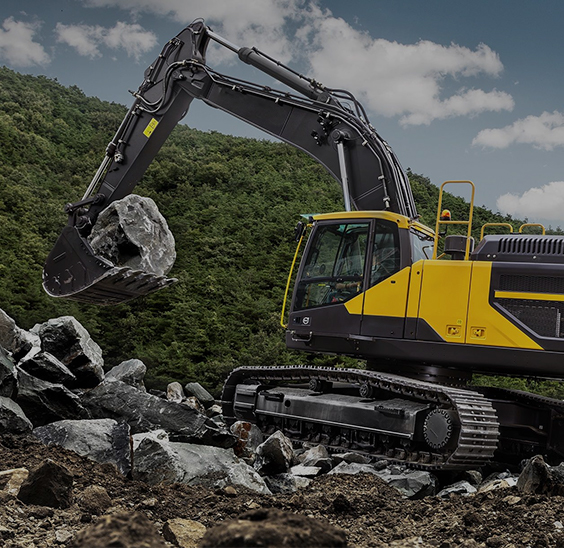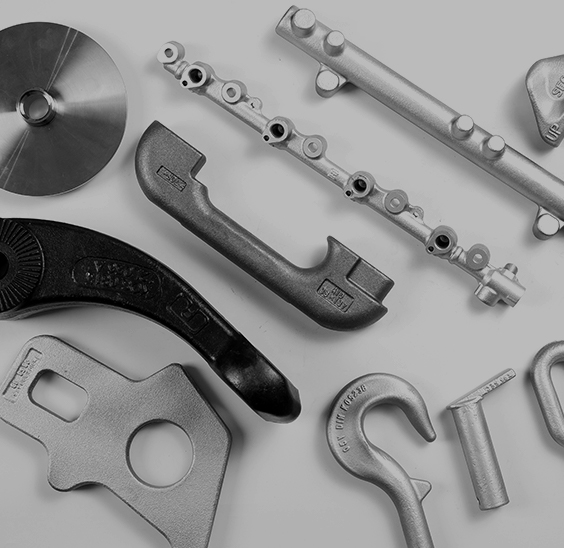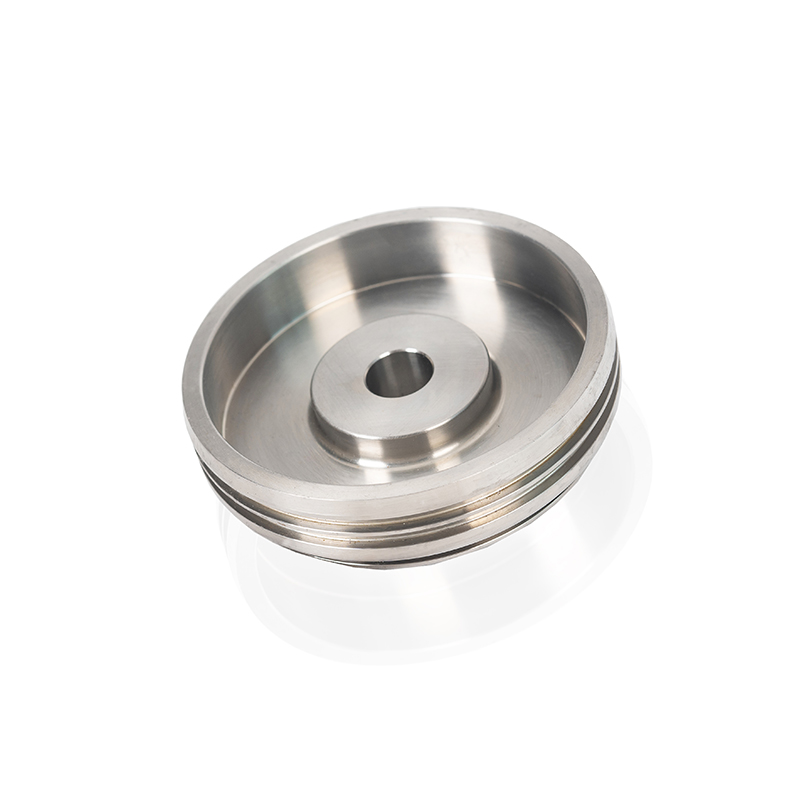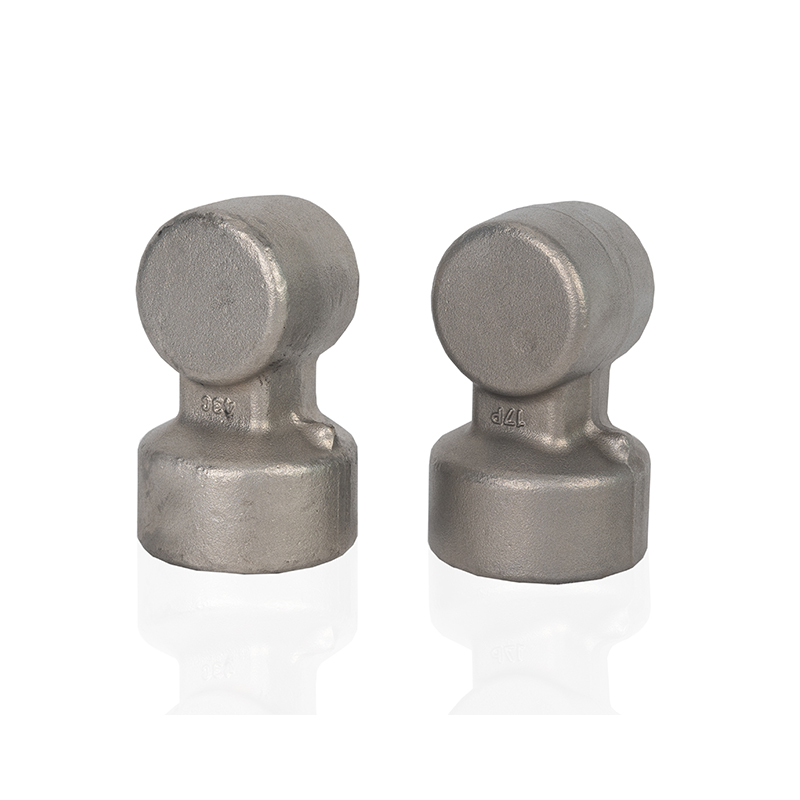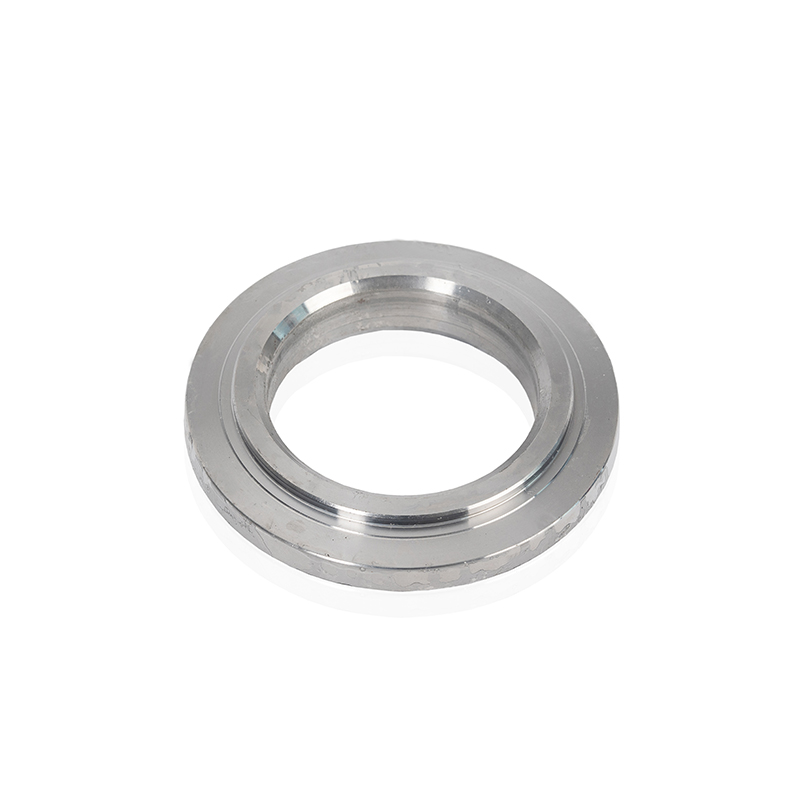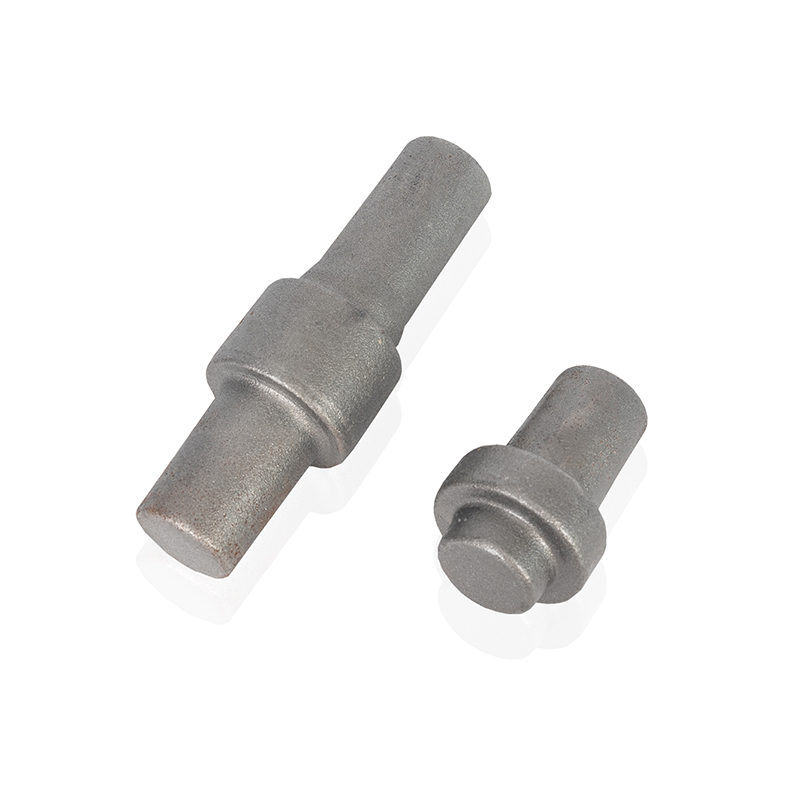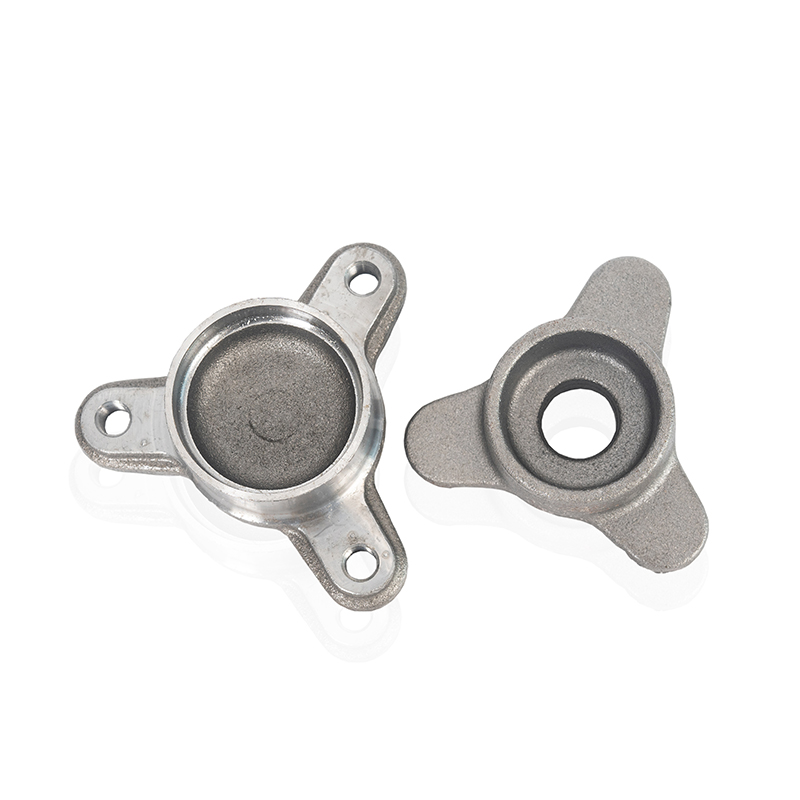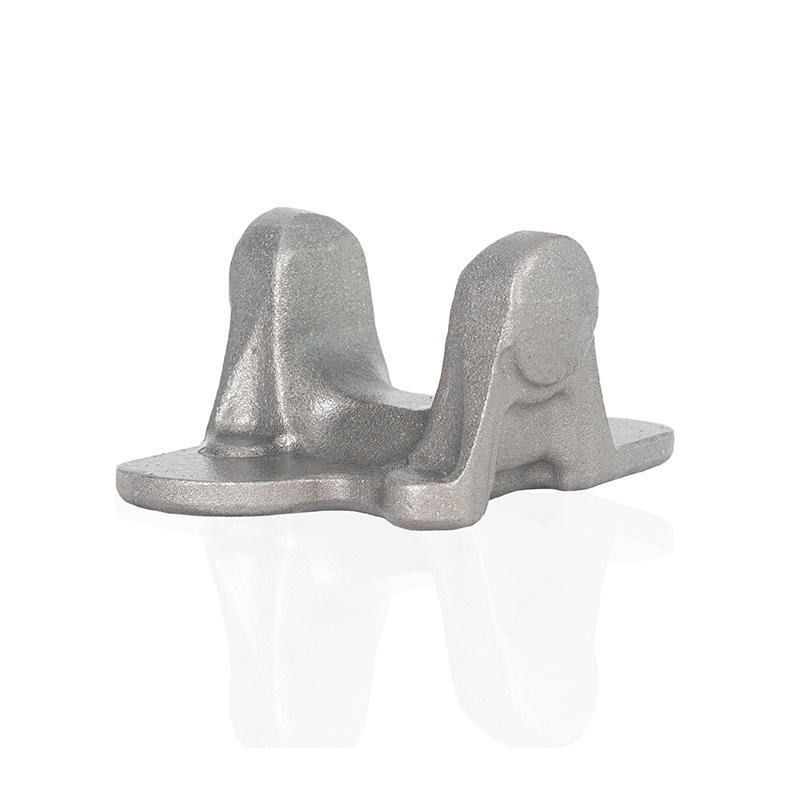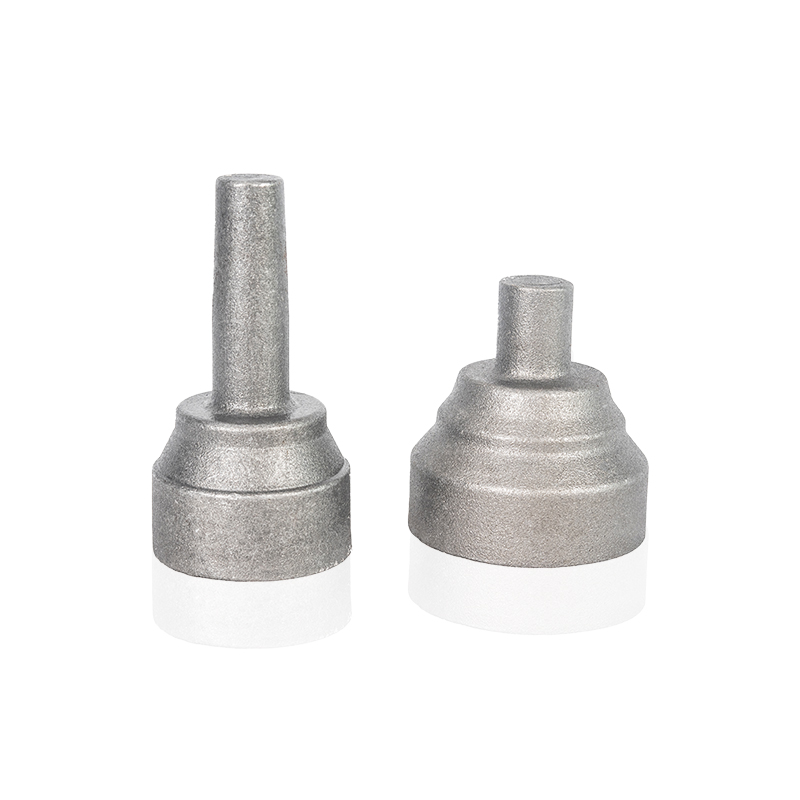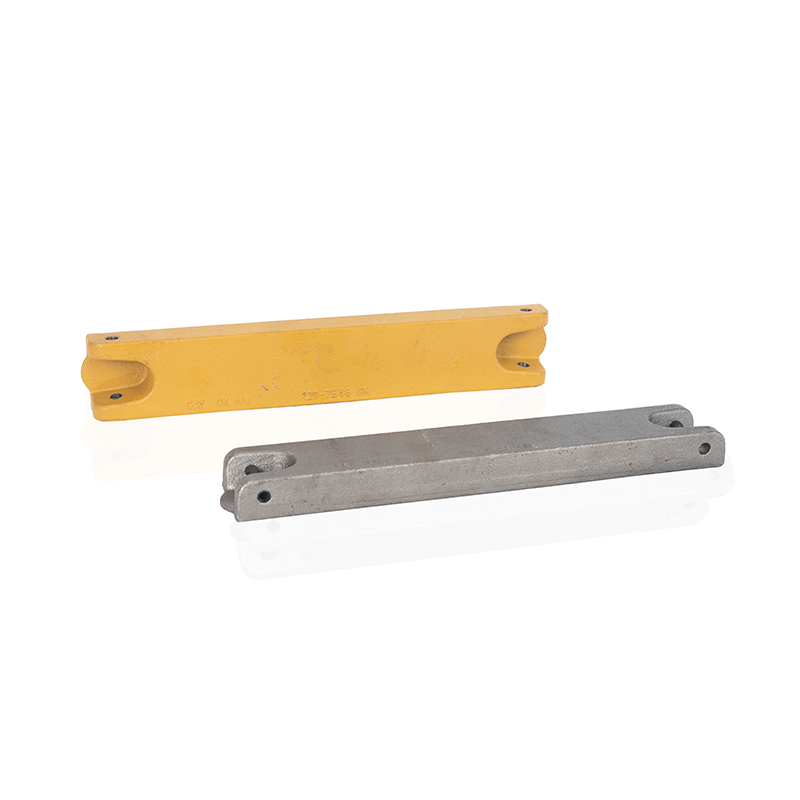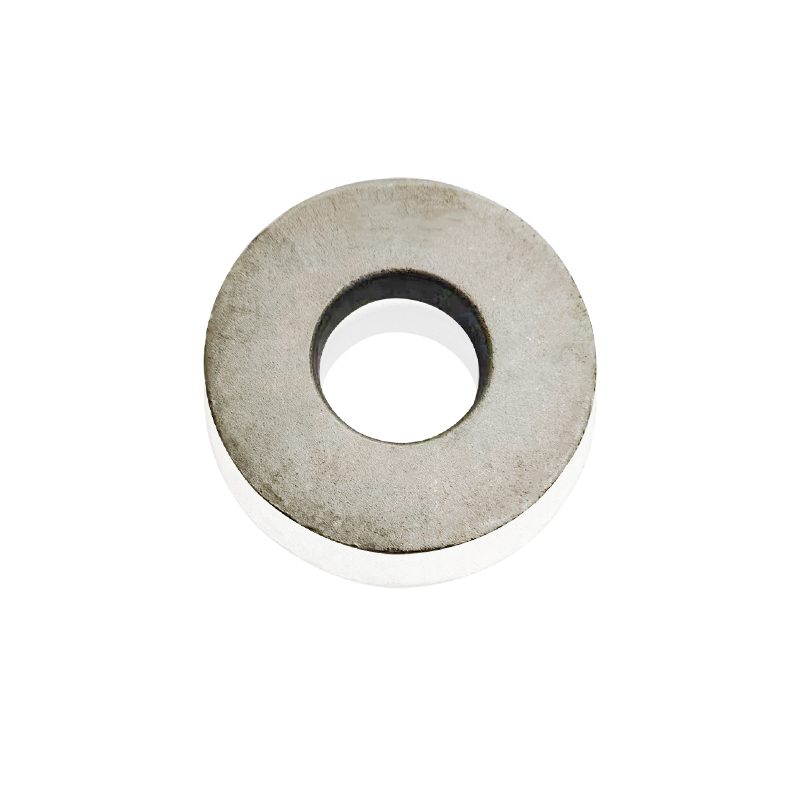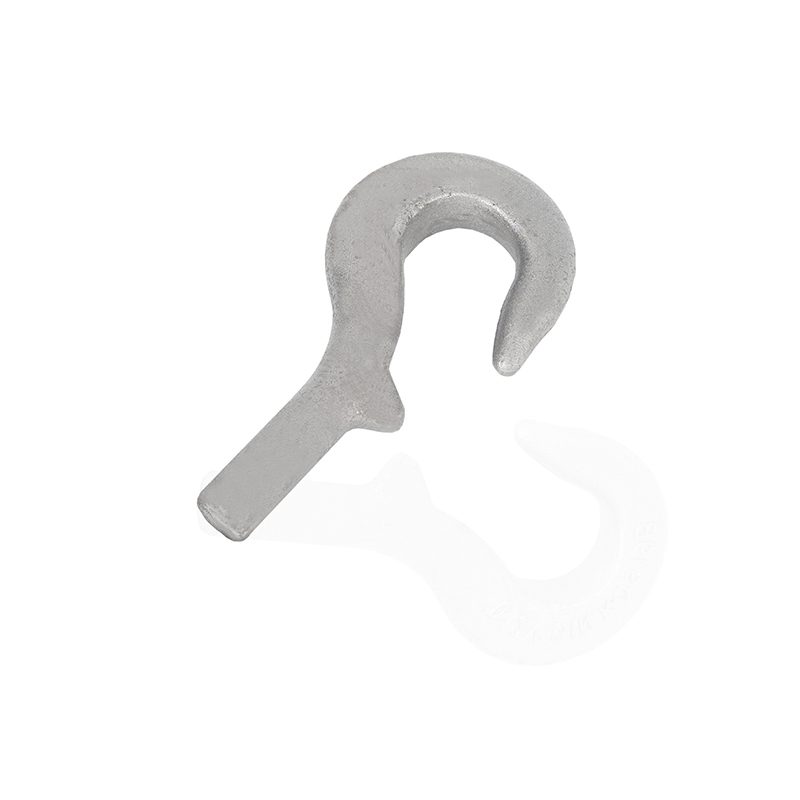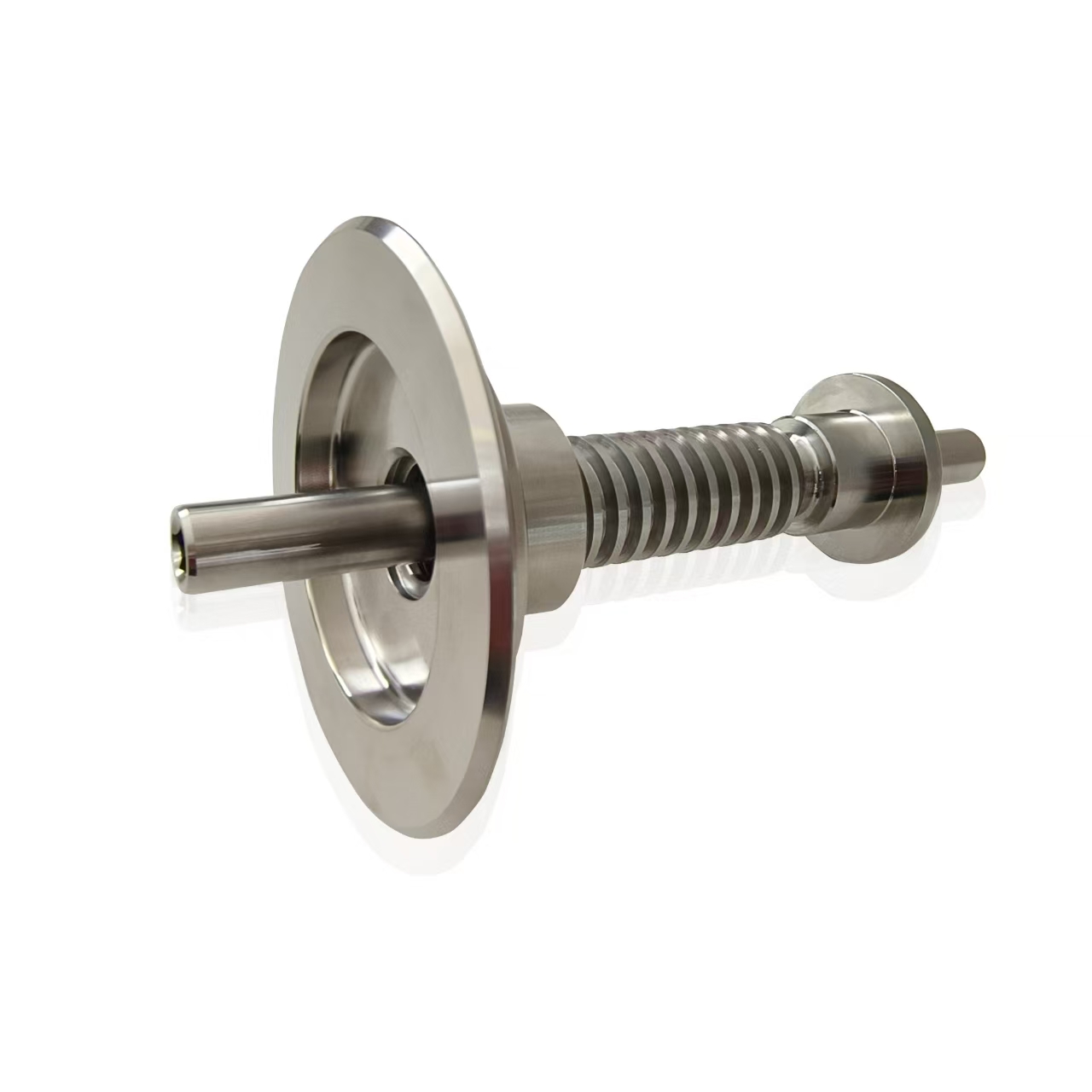Understanding the Flange Yoke: Its Purpose, Design, and Applications
 2025.08.01
2025.08.01
 Industry news
Industry news
The flange yoke is an integral part of various mechanical systems, especially in the fields of automotive, aerospace, and industrial machinery. While its function might seem simple at first glance, the flange yoke plays a crucial role in maintaining the stability, efficiency, and safety of many systems. To understand its purpose fully, we need to explore its design, material composition, and wide range of applications.
What is a Flange Yoke?
A flange yoke is a mechanical component primarily used to connect a rotating shaft to another shaft or to an assembly. Its design consists of a yoke (a U-shaped structure) with a flange that allows it to be bolted or otherwise secured to a complementary part of a machine, such as a drive shaft or a coupler. Typically made of durable materials such as steel or aluminum, flange yokes are precision-engineered to withstand high rotational speeds, heavy torque, and significant stress.
The flange yoke is typically found in driveline systems (as part of a drive shaft assembly), where it connects the universal joint (U-joint) to the shaft or other rotating components.
Primary Purpose of the Flange Yoke
The flange yoke's primary role is to transmit rotational power efficiently and securely between two components. It acts as an interface between a rotating shaft and another part of the assembly, ensuring that power is transferred smoothly and without loss. There are several key functions associated with the flange yoke:
1. Torque Transmission
In systems like vehicles, machinery, and industrial drives, torque transmission is the primary purpose of the flange yoke. It enables the transfer of rotational power from the engine or motor to the drive shaft and, ultimately, to the wheels or other components. The flange yoke helps to manage the mechanical forces generated during this transfer, ensuring that the power is not lost or dissipated.
2. Reduction of Vibrations and Shock Loads
In driveline applications, there are often significant vibrations and shock loads that arise from irregularities in power delivery or operational conditions. The flange yoke absorbs some of these forces, reducing the likelihood of damage to the shaft or other parts in the system. This makes it a crucial part of ensuring the longevity of the entire drivetrain.
3. Alignment and Stability
The flange yoke also contributes to the alignment and stability of the assembly. As part of a universal joint or coupling system, the yoke ensures that the shaft remains in proper alignment with the rest of the drivetrain, minimizing the risk of misalignment, which could cause premature wear or even failure.
4. Ease of Maintenance
The design of the flange yoke allows for easy connection and disconnection of shafts. This makes it an essential part of systems that require regular maintenance or parts replacement. By using flange yokes, technicians can disconnect or replace a drive shaft or other components without requiring disassembly of the entire system.
Key Components of a Flange Yoke
To understand how a flange yoke works, it's important to break down its main components:
1. Yoke (U-shape)
The yoke is typically the most prominent part of the assembly. It is a U-shaped piece of metal that holds the shaft and keeps it in place. The yoke’s arms are designed to hold the universal joint or other connecting parts securely while allowing for rotational movement.
2. Flange
The flange is a flat, circular component at the end of the yoke. It has holes that align with the holes in the mating part of the assembly, allowing the two parts to be bolted or fastened together. The flange ensures a secure connection between the rotating shaft and the rest of the assembly.
3. U-Joint or Coupling
The universal joint (U-joint) or coupling is the flexible component that connects the two shafts and allows them to rotate together despite changes in alignment. In some flange yokes, the U-joint may be integrated into the design, while in others, it may be a separate component that works in conjunction with the yoke.
Material Composition and Design Considerations
Flange yokes are made from materials that can withstand the stresses and wear imposed by high-torque, high-speed environments. The most common materials used in the manufacturing of flange yokes include:
Carbon Steel: For its strength, durability, and resistance to wear and tear.
Aluminum: Used in lighter-duty applications due to its lower weight and corrosion resistance.
Stainless Steel: Offers excellent corrosion resistance and durability, making it suitable for more challenging environments, such as those involving high temperatures or exposure to moisture.
Flange yokes are often precision-engineered using advanced manufacturing techniques, such as CNC machining, to ensure that they fit perfectly with other components in the system. This precision is essential to ensure the system operates smoothly and efficiently.
Common Applications of Flange Yokes
Flange yokes are utilized in many industries and applications where power transmission and rotational motion are required. Some of the most common uses include:
1. Automotive Industry
Flange yokes are widely used in automotive drivetrains, including in vehicles with rear-wheel drive, all-wheel drive, and four-wheel drive systems. In these systems, the flange yoke connects the drive shaft to the differential, helping to transmit power from the engine to the wheels.
2. Heavy Machinery
In industrial machinery, such as construction equipment or agricultural machines, flange yokes are used to transmit power between different components, including the engine, transmission, and wheels or work tools.
3. Marine Applications
Marine vessels also utilize flange yokes in their driveline systems, helping to connect the engine to the propeller shafts. These applications require high-strength flange yokes due to the demanding conditions of the marine environment, including exposure to saltwater and varying pressure loads.
4. Aerospace
In aerospace, flange yokes are used in systems where rotational motion needs to be transferred efficiently and safely, such as in aircraft engines or other mechanical systems. The lightweight yet durable properties of flange yokes make them ideal for use in these high-performance environments.
5. Railroad and Mining Equipment
Flange yokes are also used in specialized equipment for the railway and mining industries. They help in the transmission of power to components like wheels, conveyors, and drills, ensuring smooth operation even under harsh conditions.
Conclusion
The flange yoke may appear to be a relatively simple component, but it is a vital piece in many mechanical systems that require efficient and reliable power transmission. From its role in automotive drivetrains to its applications in industrial machinery, the flange yoke plays an indispensable part in maintaining the functionality, safety, and longevity of various mechanical systems. Its robust design, ability to handle torque and vibrations, and ease of maintenance make it a preferred choice in many fields where precision engineering and durability are essential.


